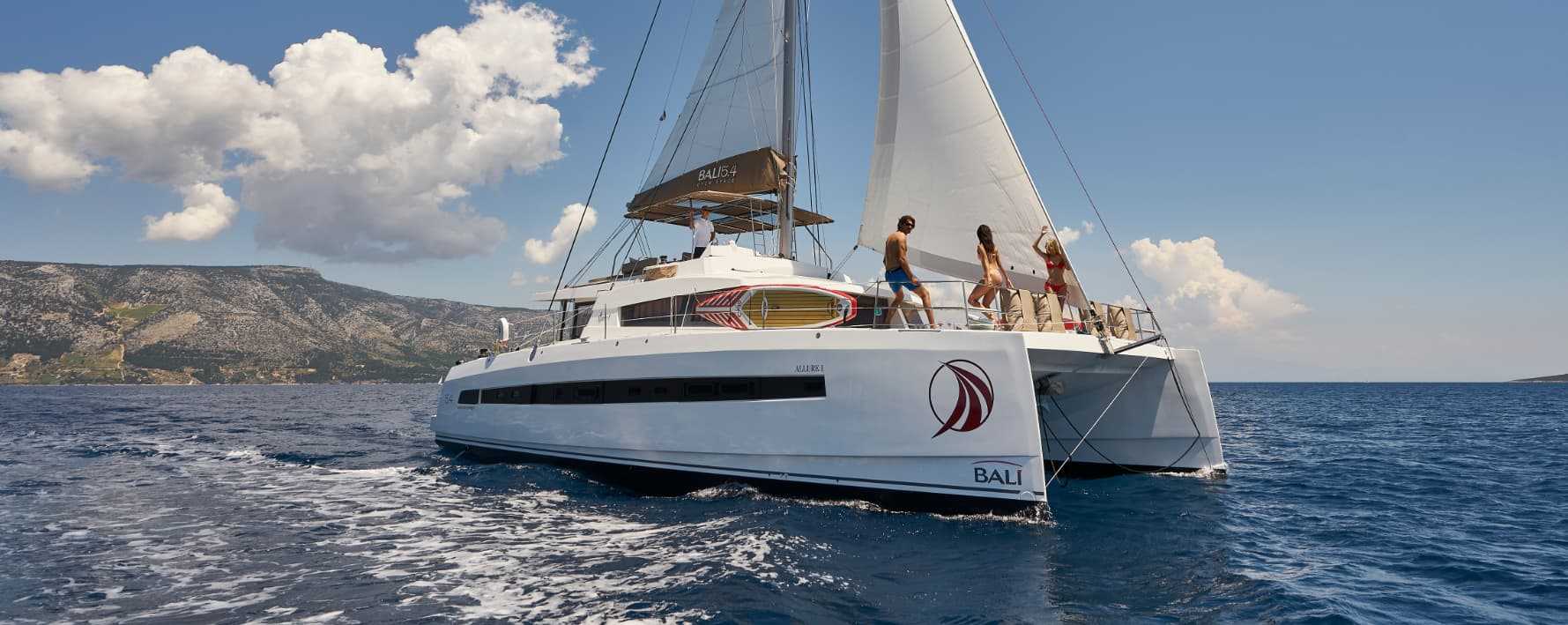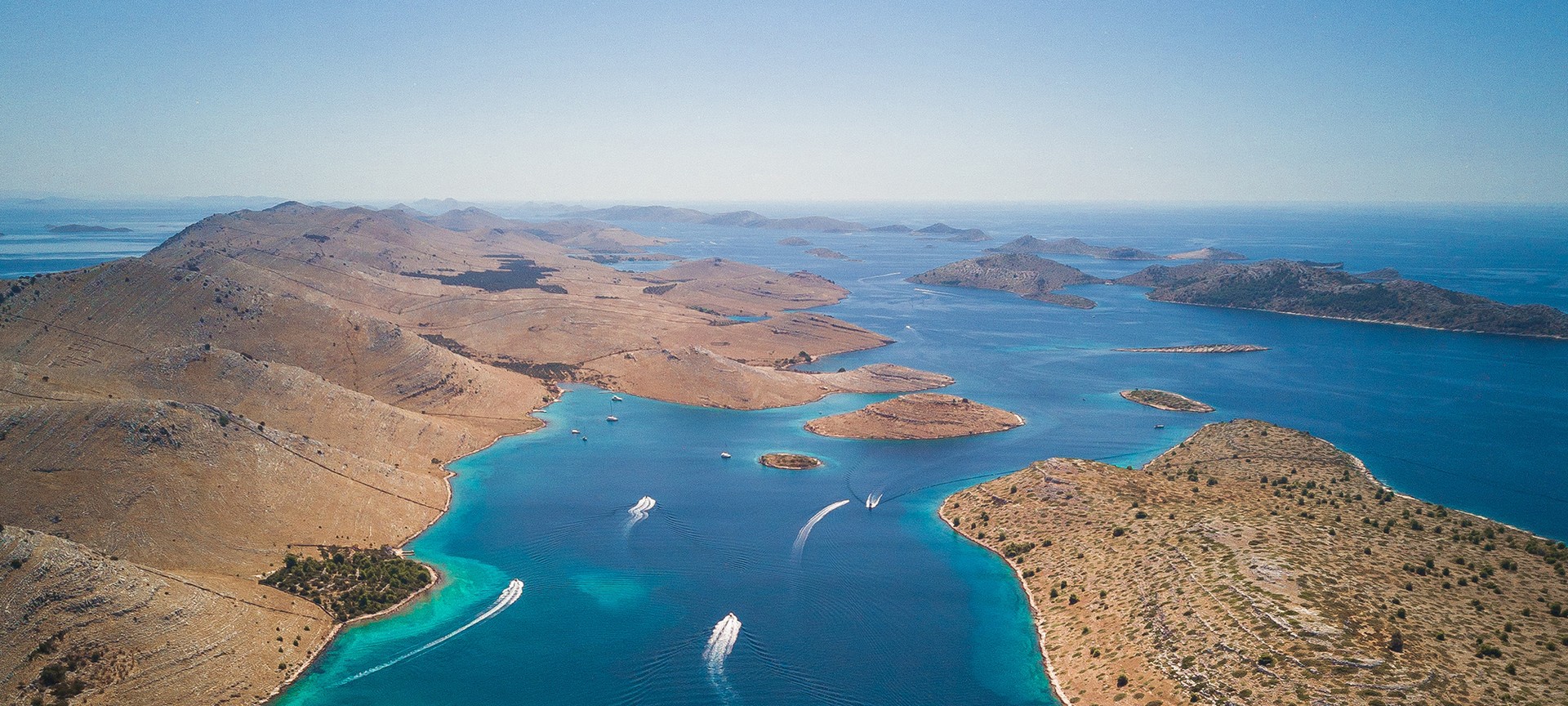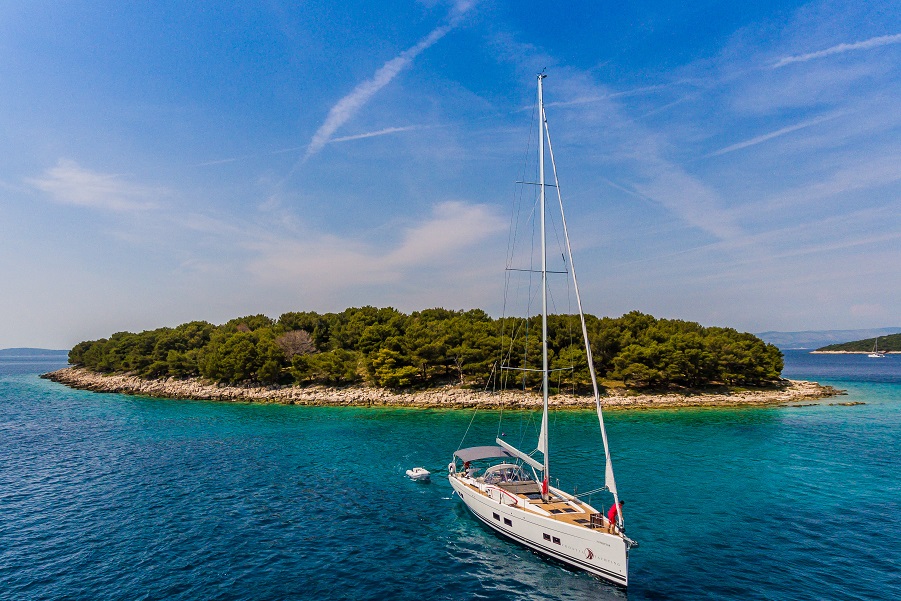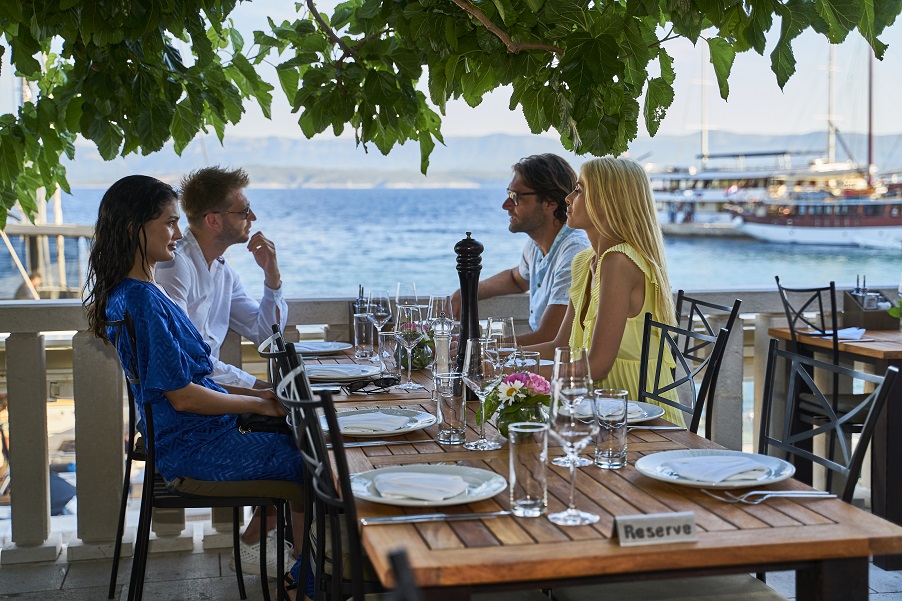Kornati - A Nautical Paradise

Table of Contents
Irish playwright George Bernard Shaw once said God crowned his work by creating the Kornati Islands “out of tears, stars, and breath on the last day of creation.” And it’s no wonder why the Kornati is often revered as a sailor’s paradise, as naked islands and islets float on the Adriatic like a maze crafted for lovers of the sea.
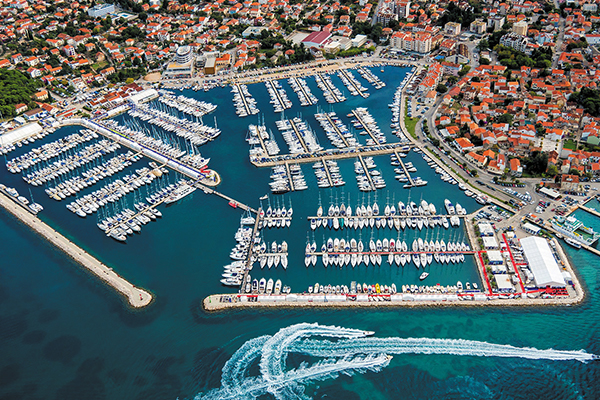
This dreamy island archipelago, the densest in the Mediterranean, is found along Croatia’s northern coast, not far from the famous tourist town of Zadar, just west of the UNESCO gem Šibenik, and a stone’s throw away from the fishing town of Murter. Its proximity to Croatia’s famed coastal destinations, and mainly to Marina Kornati in Biograd, makes it an effortless journey for those embarking on an Adriatic adventure.
The archipelago’s exceptional landscape and karst diversity helped earn its status as a national park on August 13, 1980; however, the first written proposal to proclaim this nautical jewel as so arrived decades earlier, in 1965. Thus, 89 uninhabited islands, islets, and reefs make up an untouched area of 217 km2 within the national park, and the largest width of the archipelago within the park’s boundaries is 6 kilometers.
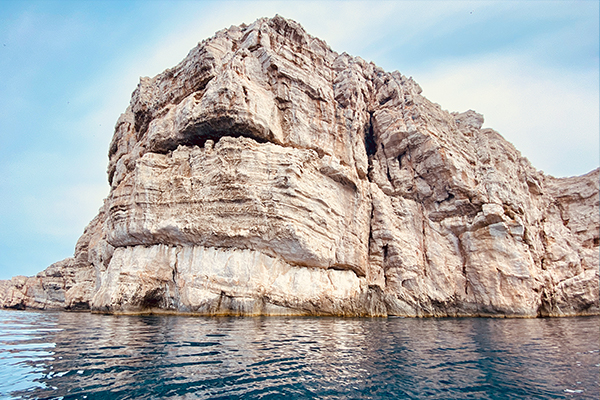
At sea, you’ll admire the geological events that resulted in Kornati’s trademark - towering vertical cliffs, or ‘crowns’ as they’ve been called for centuries. Kornati’s landscapes are perhaps the most impressive on the open seaside. Klobučar is the tallest (80 meters), followed by Mana (65 meters), Rašip Veliki (64 meters), Obručan (50 meters), and Piškera (45 meters). The deepest crown is also located on Piškera, plunging 90 meters deep into the sea.
Another natural phenomenon called ‘Ploča,’ ‘Vela ploča,’ or ‘Magazinova škrila’ also attracts special attention to the Kornati Islands many karst forms. This geological phenomenon was likely caused by a landslide in the aftermath of a powerful earthquake and measures between 63 and 86 meters wide and 160 meters long, or a total area of 9100 square meters, and sits below the highest peak of the Kornati, Metlina (237 meters), inclining towards the sea. Unfortunately, to date, no one can confirm exactly when this phenomenon occurred.
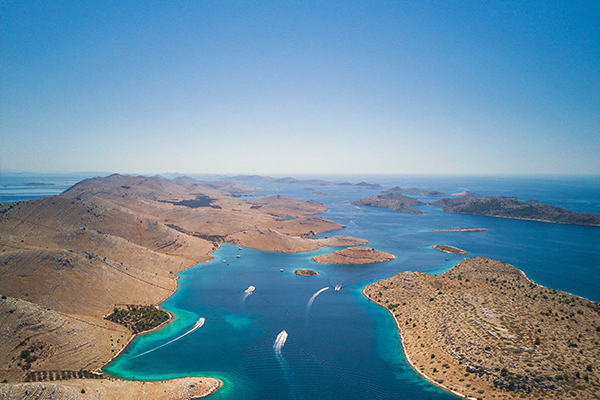
The Kornati seabed is pristine and transparent as light deeply penetrates it, creating a unique habitat for fish and a variety of vibrant corals. To date, 353 species of algae and 3 species of sea flowers have been recorded in the park, as well as about 850 species of animals, including 61 species of coral, 177 species of mollusks, 127 species of polychaetes, 61 species of decapods, 64 species of echinoderm, and 185 species of fish.
But why are the Kornati Islands themselves so bare? It has been said that dense holm oak forests and pine trees once grew on the Kornati islands, which were cut down during the Illyrian era for pastures and arable land. This ultimately resulted in deforestation, which transformed into the rocky landscapes you’ll notice today. You may not believe your eyes when you learn that more than 650 plant species have been recorded on the Kornati’s barren land so far, which primarily offers a sanctuary for rare bird species. The Kornati also captivates sailors no matter the time of year as it welcomes between 2600-2700 sunshine hours annually!
When naming the most popular bays in the archipelago, few stand out thanks to their location and amenities. Opat, for example, can be found on the archipelago’s largest island of Kornat. Boasting a restaurant of the same name that testifies to the area’s seafood-focused cuisine, it also offers a cocktail bar to quench your thirst after a long day at sea.
If you’re a sucker for views, Levrnaka is the tallest island in the archipelago (117 meters) southwest of Kornat. Lojena beach soothes your sea legs with pearly pebbles and sandy seabed, though this no-frills locale doesn’t offer much more than that - and only a few houses can be found on this island alone!
However, the heart of the Kornati can be found on the island of Žut, between the islands of Pašman and Kornat. This relatively tiny island (only 2 km) packs a punch in its offer, from olives, figs, and grape harvests to a 120-berth marina, water sports, and the highly-acclaimed seafood restaurant Fešta. The most famous bays on Žut are Strunac and Golubovac, though much of the island is praised for its sheltered coves made perfect for sailors.
Thanks to its underwater world, the Kornati teems with nautical activities, notably snorkeling and diving. Should you rather stretch your legs on land, hiking and bird watching are two cherished yet fundamental endeavors to embrace the unequaled island landscapes.
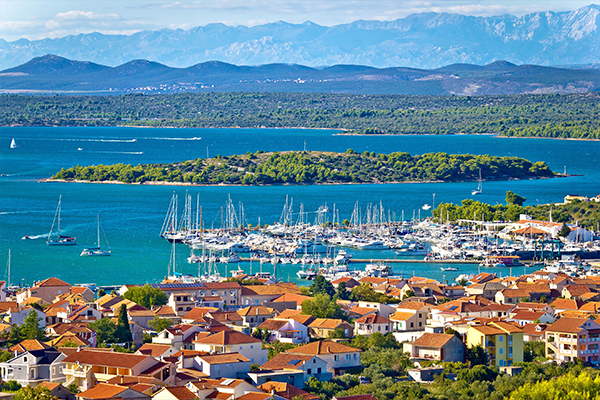
The Kornati also abound in cultural monuments. Life on the Kornati islands once revolved around the Tarac field on the largest island of Kornat, which was the first colonized place on the island. The hilltop Toreta fortress was built here in the 6th century, which you can still visit today. You can also visit the Byzantine-era Christian basilica at the foot of the Toreta fortress or a small church from 1560 built only for fishers on Pišerka Island, known as the only one of its kind on the Adriatic.
As of 2019, around 2,113 people live in the Murter-Kornati municipality, and some 300 houses can be found on the islands. Ninety percent of the owners are residents of the island of Murter.
At the end of the 19th century, Murter locals bought the islands from the nobles and fenced the estates with the ancient art of dry stone walling, or admirable monuments to human diligence and skill. There are about 260 kilometers of dry stone walls on the island of Kornat alone, and 330 kilometers on the entire surface of the national park that you can also witness today.
The Kornati Islands also boast just one lighthouse, Tajerske Sestrice, built in 1876. Recognized by its red and white stripes, Tajerske Sestrice is uniquely located on a small forested island in the archipelago.
The Kornati is not tainted with the footsteps of tourists, nor is it riddled with busy resorts and flyers littering your tracks, offering competitive boat tours. Instead, the Kornati is where your sailing soul comes to be at peace with the sea, the authenticity of Croatia’s customs, and everyday life in its most simple form.
Are you ready to explore the unrivaled gems of the Croatian coast? Contact our charter specialists to choose the best yacht for your sailing adventure, from one unique Croatian island to the next.
